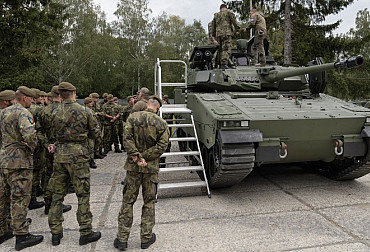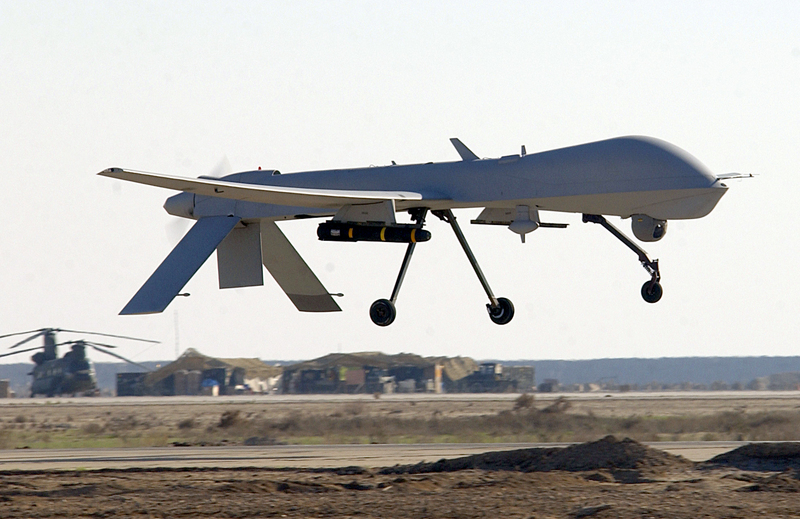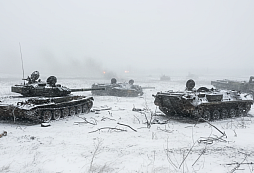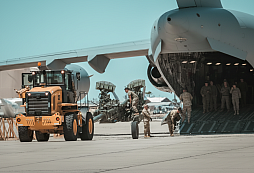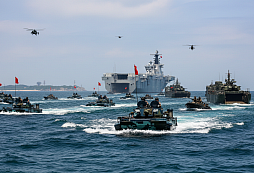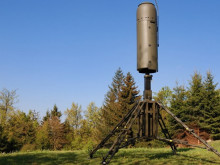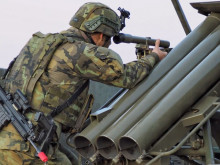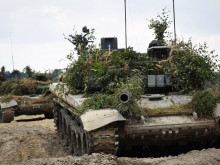The future of drones in the ACR
The rapidly changing principles and environment of current armed conflicts show that one of the most important abilities of contemporary armies is early access to information not only about their own troops, but mainly about their potential adversary. This includes achieving operational capabilities of immediate lethal effect on targets. Unmanned vehicles play a very important role here. For these reasons, it was decided to strengthen the capability of the Czech armed forces by creating a battalion of unmanned systems.
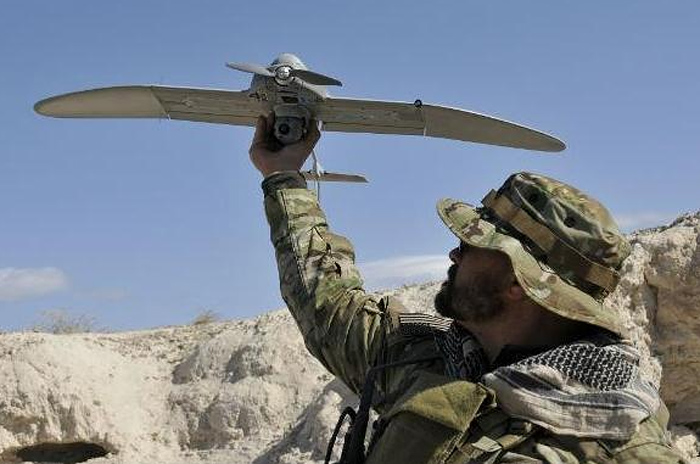
Picture: Unmanned vehicle RQ-12 A Wasp| AeroVironment
The armament of the modular combat set, used by the members of the 43rd Airborne battalion, was extended in 2015 by an unmanned vehicle in the category "Micro" RQ-12 A Wasp weighing 1.3 kg, with wingspan of 1.02 m, radius of action within 5 km and with the ability to stay in the air for 40 minutes. Currently, the most powerful unmanned aircraft in the armament of ACR is the ScanEagle aircraft, which falls into the category "Small". Its maximum take-off weight is 25 kg, wingspan 3.1 m, has a flying range of over 100 km and endurance over 20 hours. The Czech Army received this system (10 pieces) from the United States government to support the fight against terrorism. Since 2015, the vehicle has been continuously deployed in a foreign operation in the Afghanistan territory, where it spent over 3500 hours flying for the needs of us and our coalition units. At the beginning of 2019, ACR ordered a modernized set of ScanEagle system, which will replace the existing set in a foreign operation, while ensuring the fulfilment of tasks in the Czech Republic. The system is planned to be put into operation in the Czech Republic in October 2020.
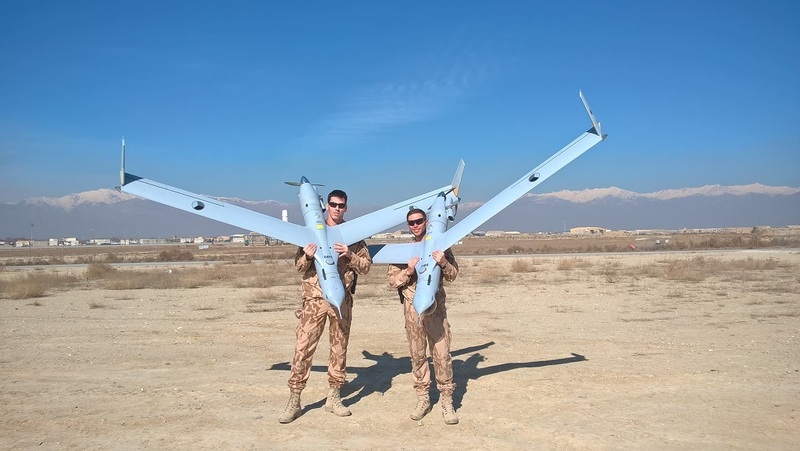
Picture: Scan Eagle during his mission in Afghanistan| army.cz
Unmanned systems in the ACR are representing (and will continue to represent) one of the important elements in the overall architecture of the military. For this reason, due attention is paid to their operation and development. The ACR has prepared a system not only for maintaining the acquired capabilities in the UAV area, but also gradual steps to increase the given capabilities by replacing the existing vehicles and introducing army to the new categories of UAV.
This equipment is applicable not only in the territory of the state, but especially in foreign operations. All ACR personnel trained to operate established UAVs are trained to conduct aerial optoelectronic reconnaissance within the capabilities of the device. Lately, we have been monitoring the continuity of the construction of the battalion for unmanned aerial vehicles of the MALE/HALE type (e.g. HERON, MQ-1 Predator, MQ-9 Reaper) in the mass media.
Picture: Unmanned aircraft General Atomics MQ-1 Predator | U.S. Air Force, Staff Sgt. Suzanne M. Jenkins
These vehicles and technologies are almost unattainable for the ACR due to their financial and technological demands and the range of choice is very limited. EU and Czech legislation still does not allow full use of these funds in the European area. Given these demands, including infrastructure requirements, these systems fall strictly within the scope of the Air Force.
















